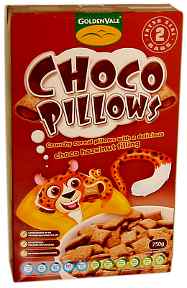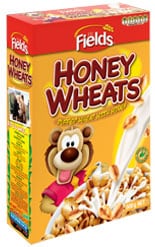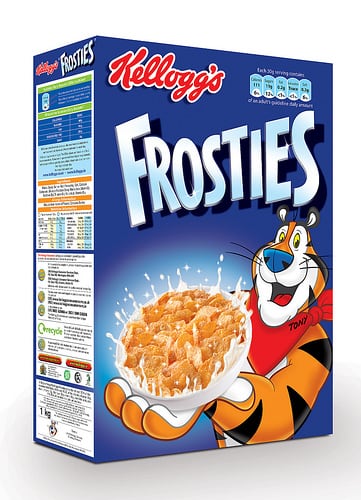In a review of 195 ready-to-eat cereals, CHOICE found that 73% of the 41 cereals marketed to children were high in sugar content and more than half had low fiber content.
Ingrid Just, head of media for CHOICE Australia, told BakeryandSnacks.com that considering the wider review, “the cereals marketed to children were most disappointing from a nutritional perspective”.
Bitter, sweet, fibrous
Sugar levels should be 5g or less per 100g, slightly higher if content is from fruit sugars, Just said.
However review findings show sugar levels among some brands are significantly higher.



Aldi’s GoldenVale branded Honey Wheats, Choco Rice and Choco Pillows and Kellogg’s Frosties contain more than 40% sugar – the equivalent of three teaspoons (15g) per 30g serving.
“Focus should also be on boosting the fiber content of kids’ cereals as many we looked at had less than 1g of fiber per 30g serving,” Just said.“It seems there is no shortage of sugar when it comes to kids’ cereal. Nine of the 10 most sugary cereals in our review are products aimed at kids and 30 of the kids’ cereals we looked at are high in sugars (containing 15g or more per 100g),” the review read.
“Since 9-13 year olds need between 20 and 24g of fiber a day, these cereals barely make a dent,” the review said.
Salt levels were flagged as a concern with four out of the eight saltiest cereals (containing at least 600mg of sodium per 100g) marketed to children, including Coles Rice Puffs and Woolworths Homebrand Rice Pops.
Industry defends
The Australian Breakfast Cereal Manufacturers Forum (ABCMF) formed under the Australian Food and Grocery Council (AFGC) said “sugars are carbohydrates which are an important source of energy and a major contributor to taste, texture and flavor in foods”.
CHOICE acknowledged that while sugar and salt play a vital role in the tastiness of a product, “many cereals targeted specifically at kids have more in common with treat foods than a nutritious breakfast”.
The forum, set up to provide ‘evidence-based, practical information so Australians can have a better understanding of the true value of eating breakfast cereals’, said breakfast cereals only contribute to around 3-5% of the total daily sugars intake for children.
“In Australia, a serving of sweetened breakfast cereal will have a maximum sugars content that is similar to many other nutrient dense foods like 125ml of orange juice, a piece of fruit or a small tub of sweetened low fat fruit yoghurt (150ml),” the ABCMF said.
It also said the country’s cereal manufacturers have been gradually reducing salt content for over a decade and are committed to further sodium reductions as part of the Australian Government’s Food and Health Dialogue.
Kellogg reached its target to reduce salt by 20% in its two flagship products Corn Flakes and Rice Bubbles in June this year.
“While there have certainly been some nutritional improvements in breakfast cereals since our last review, too many still don’t deserve the healthy image that their marketing messages portray,” Just said.
